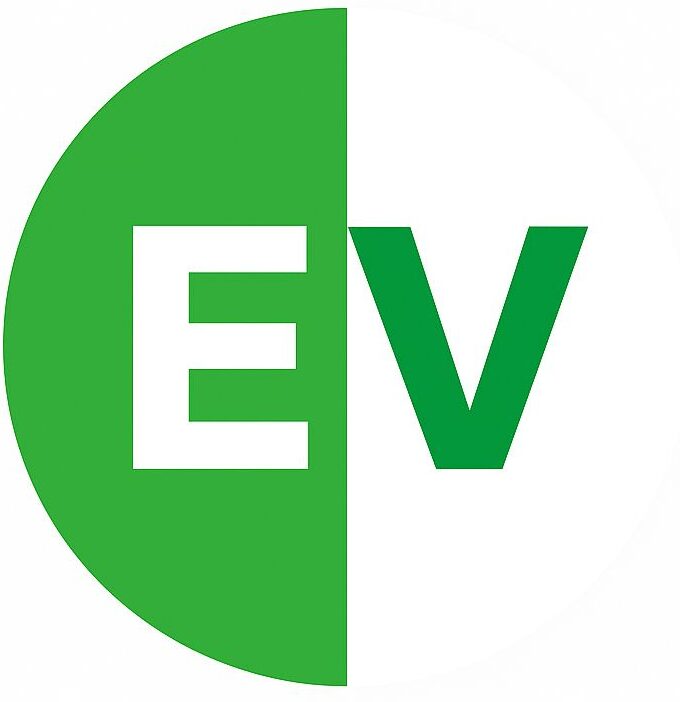When Citroen unveiled the eC3 in India the automotive world held its breath. Here was a French giant part of the global Stellantis group stepping into one of the world’s fastest-growing EV markets. It promised style, affordability and a European flavor that could challenge Tata’s EV dominance. Yet just months after launch the headlines shifted from celebration to controversy. The Citroen eC3’s journey in India has become a tale of ambition, compromises and hard lessons in a market where consumers are evolving faster than carmakers expect.
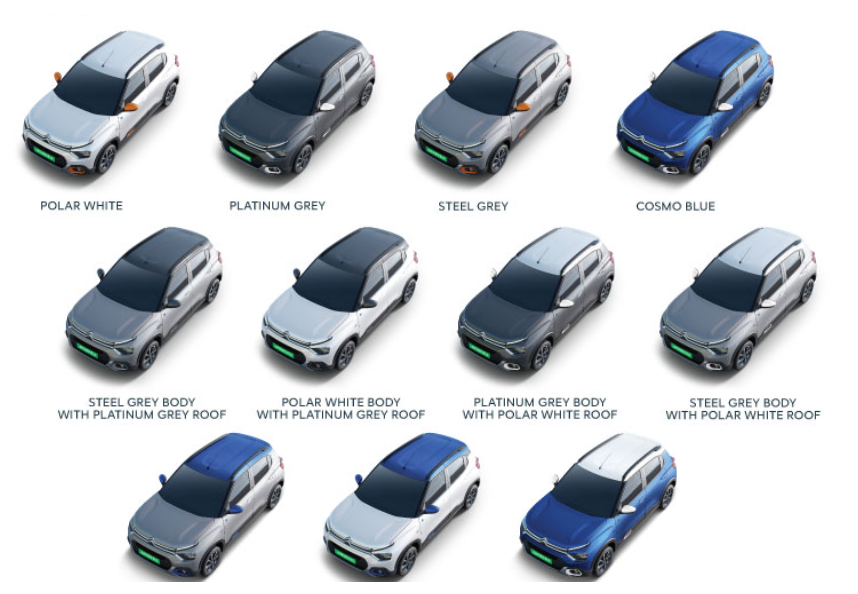
The Entry of a French Player
India’s EV car market in 2023–24 was buzzing. Tata Tiago EV and Tigor EV were already building strong traction while Punch.ev was waiting in the wings with promises of cutting-edge safety and practicality. Into this arena came Citroen a brand better known in Europe for quirky designs and comfortable ride quality. For its first electric offering the company localized production in Tamil Nadu to keep costs competitive. Prices ranged from about ₹12.7 lakh to ₹13.5 lakh (ex-showroom) positioning it above the Tiago EV but still within reach of India’s growing middle-class EV buyers.
The positioning was deliberate not ultra-premium like the Hyundai Kona or MG ZS EV but not the cheapest either. Citroen was chasing buyers who wanted something different, something European, something stylish.
Styling that Stands Out

If there’s one thing Citroen does well it is design. The eC3 carries the brand’s global DNA split headlamps bold colors and a tall stance that feels distinctly European. In a sea of familiar hatchbacks the eC3’s styling is refreshingly different. The dual-tone paint schemes and quirky details give it a youthful appeal.
Step inside A 10.2-inch touchscreen dominates the dashboard offering wireless Apple CarPlay and Android Auto. A digital instrument cluster, connected-car technology and funky interior accents add to its personality. For city commuters who crave style and tech the eC3 seems to tick the right boxes.
But once you scratch beneath the surface the limitations appear. Automatic climate control is missing, some materials feel basic and overall the cabin comes across as practical rather than premium. At this price point Indian buyers expect a little more finesse.
City-Focused but Limited
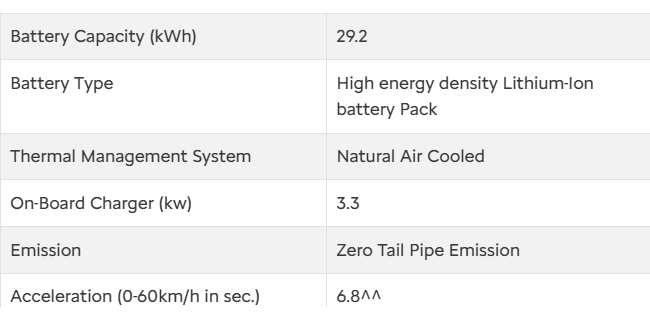
Underneath the eC3 runs on a 29.2kWh LFP battery paired with a 56bhp motor producing 143Nm of torque. On paper it delivers a top speed of 107km/h and accelerates from 0–60 km/h in about 6.8 seconds. This makes it a city-focused EV perfectly adequate for navigating crowded streets and quick traffic sprints but not built for highway overtakes or spirited driving.
Citroen advertises an ARAI-certified range of 320 km. Yet real-world reviews long-term test put the usable range closer to 219km. That’s not terrible for daily commutes of 30–40km it’s more than sufficient. But compared to Tata’s Tiago EV and Punch.ev the gap between claimed and real range feels larger raising questions about transparency.
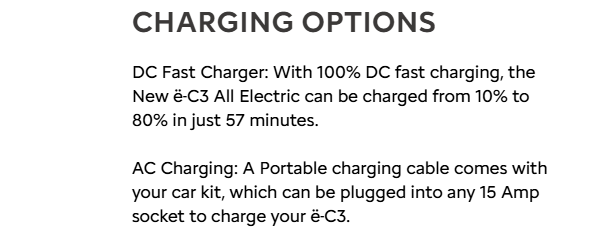
Charging times add another layer of complexity Using a DC fast charger the eC3 can go from 20% to 80% in under an hour. But plug it into a regular 15A home socket and you’ll be waiting over 10 hours for a full charge. For urban apartment dwellers this is manageable but not ideal.
The Safety Shockwave
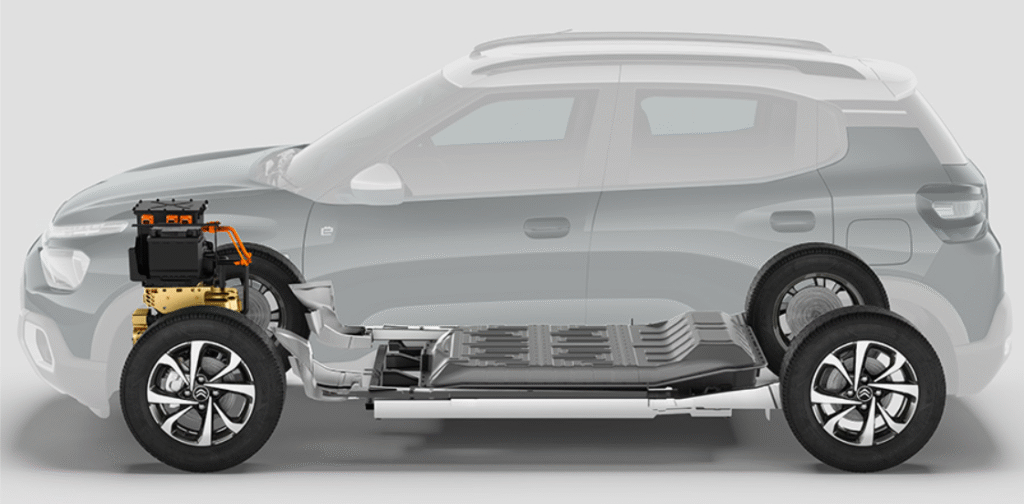
The biggest twist in the eC3’s story came with its Global NCAP crash test results. The car scored 0 stars for adult occupant protection and 1 star for child occupant protection. For a brand that hoped to win Indian trust this was devastating.
The bodyshell was rated as stable but the details tell a darker story. Driver chest protection was poor, knee protection was compromised and the absence of key features like side airbags, ESC and pretensioners amplified the risk. For child occupants the lack of robust ISOFIX implementation and limited safety kit meant poor scores.

In a market where Bharat NCAP has started reshaping consumer awareness these results were a body blow. Indian families especially younger buyers are no longer willing to compromise on safety even at the budget end of the spectrum. Tata’s 5-star Bharat NCAP ratings for the Punch.ev and Nexon EV stand in stark contrast making Citroen look unprepared for the new India.
Rivals That Raise the Bar
Tata Tiago EV Starting under ₹9 lakh it offers similar city range a proven track record and better perceived safety. It’s a practical family EV with solid brand trust. Tata Punch.ev With a 5-star Bharat NCAP safety rating and more robust features it has quickly emerged as a consumer favorite. It shows that budget doesn’t have to mean compromise. MG Comet EV Smaller and quirkier it targets ultra-urban users. While its size limits practicality it still manages to bring more buzz in terms of innovation.
In this competitive landscape the Citroen eC3 feels underwhelming Buyers comparing specs and safety ratings see more value in Tata’s offerings.
For India’s EV Market
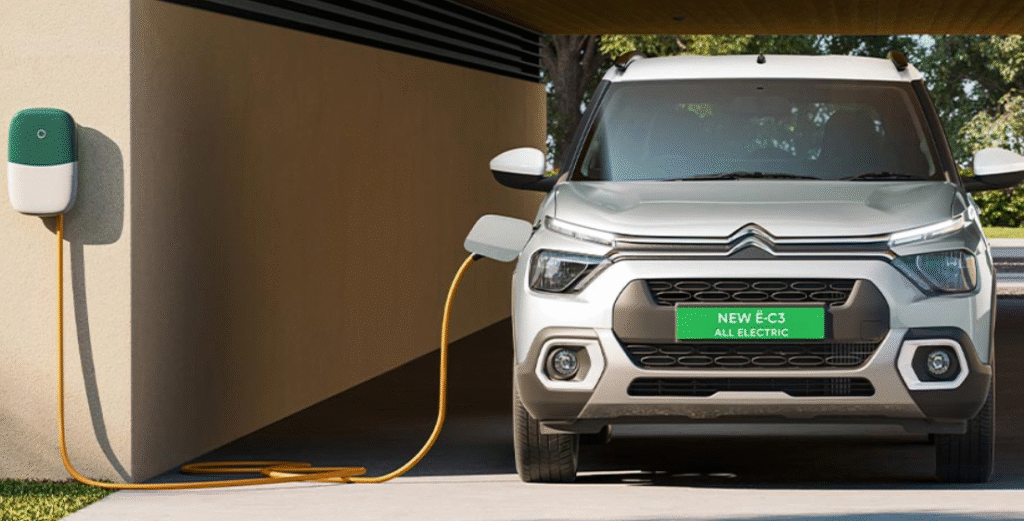
India’s EV revolution is no longer about just putting electric cars on the road. With over 1.5 million EV sales across segments in FY2024 and government incentives driving adoption buyers have become discerning. Safety, charging infrastructure, real-world usability these factors matter more than ever.
Citroen’s misstep with the eC3 highlights a crucial truth Indian buyers cannot be underestimated. They want style! yes. They want affordability! yes. But above all they want a car that feels safe, reliable and future-ready.
The eC3’s struggle is not just Citroen’s, it’s a lesson for every global brand eyeing India. Localization isn’t just about assembling cars in Tamil Nadu it’s about understanding the heartbeat of the Indian buyer.
Who Should Consider the eC3?
The Citroen eC3 is not without merit. It offers Unique European styling that stands out in traffic. Adequate real-world range for city commutes. A distinct alternative for those who don’t want to drive what everyone else is driving. But these strengths are overshadowed by glaring weaknesses. A poor safety rating that makes family buyers nervous. Modest performance and limited features compared to rivals. Pricing that doesn’t justify the compromises.
For urban singles or young professionals looking for a stylish second car with limited daily use the eC3 might still appeal. But for most Indian families Tata’s safer and more practical alternatives make better sense.

The Citroen eC3 could have been a game-changer. Instead it serves as a reminder that in India’s EV market safety and trust are just as important as style and price. For Citroen this is not the end but an opportunity to listen, adapt and bring a safer, stronger and smarter EV for Indian roads. Until then the eC3 remains a stylish experiment rather than the revolution it set out to be.
